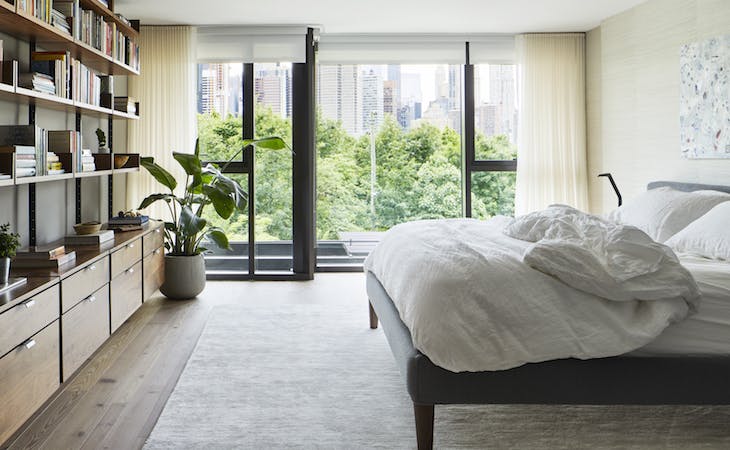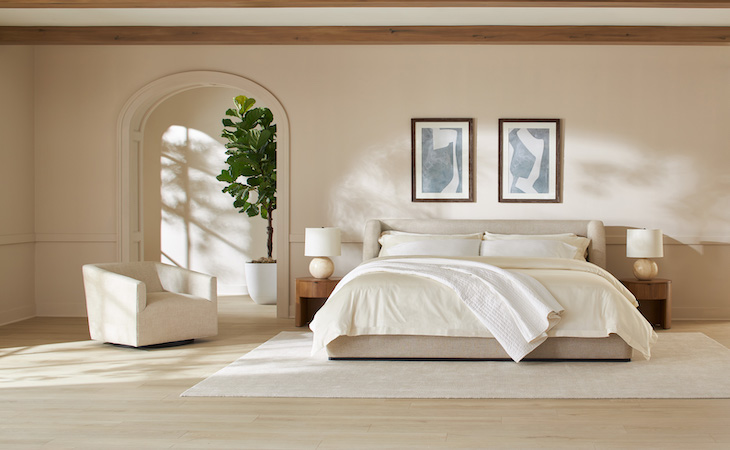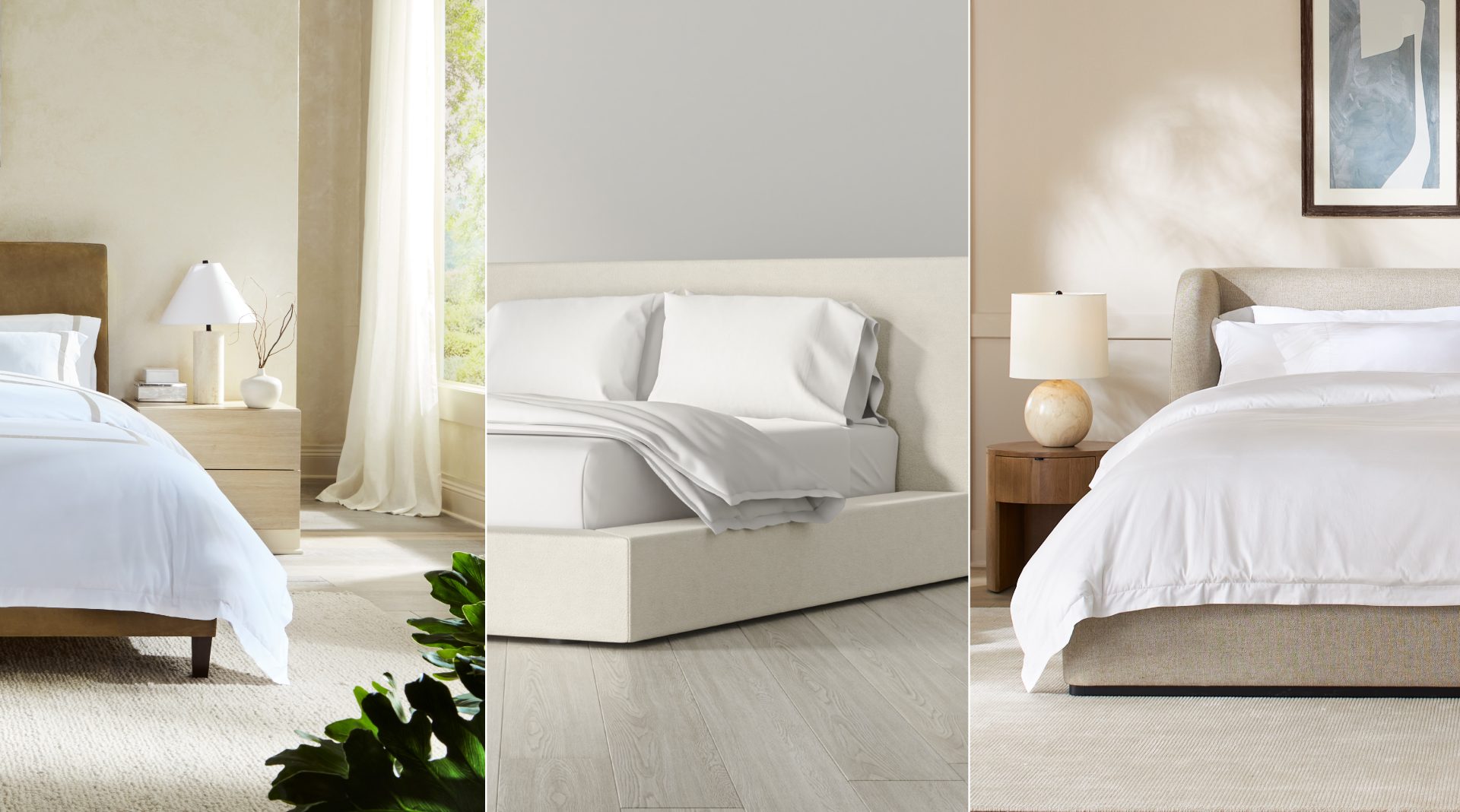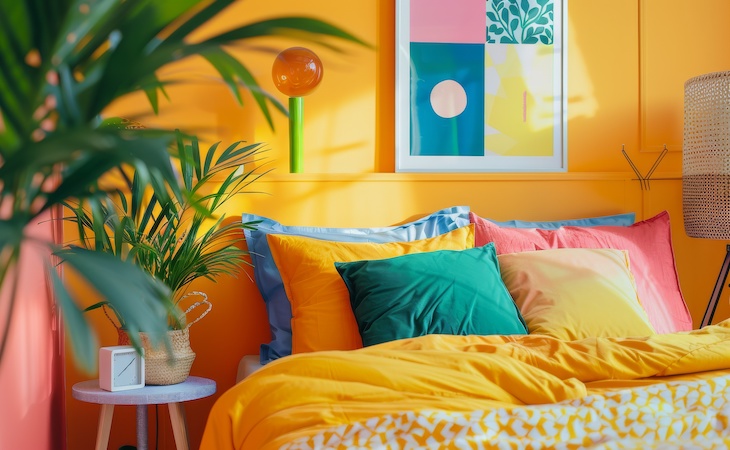As a Mayo Clinic certified wellness coach, wellness design consultant, and author, Jamie Gold is a top expert when it comes to bringing health and wellness features into a home.
Gold, who also holds credentials as a certified kitchen designer and certified aging-in-place specialist, started her career in journalism and communications before becoming a kitchen and bathroom designer in 2004. She has a passion for making living spaces better, safer, and healthier and has delivered speeches, penned articles, and written three books on the subject of health and wellness design.
Gold’s latest book is the recently published Wellness by Design: A Room-by-Room Guide to Optimizing Your Home for Health, Fitness, and Happiness, which is based on her own experience transforming her health with the help of her home.
We chatted with Gold to discover how your home can be a way to boost your overall well-being.
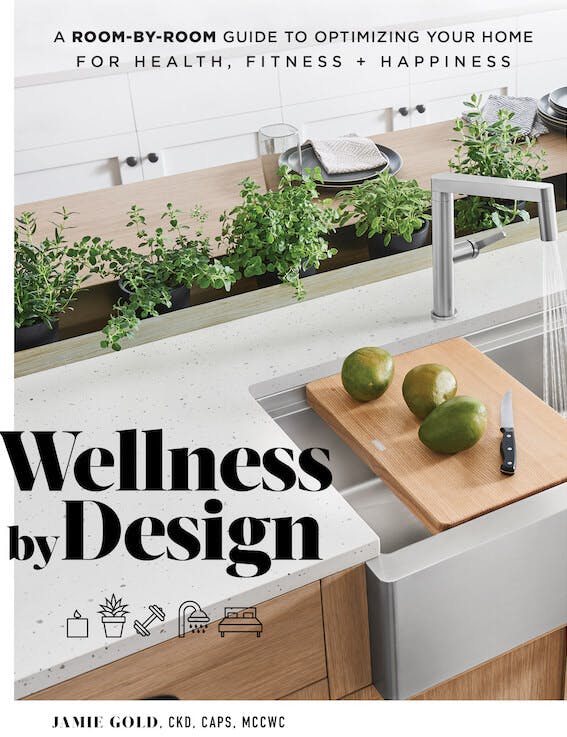
Q: What inspired you to write this book?
It’s a book I’ve wanted to write for years! My grandmother was my earliest inspiration for wanting to help older clients remain in the homes they loved, and I’ve done a lot of writing on this topic. I was later motivated by the discoveries I made in transforming myself from a 233-pound couch potato to someone training to summit Kilimanjaro for my 60th birthday this year.
Along the way, I completed two marathons, three Spartan Races, a triathlon, and numerous other endurance events, and learned that my home could be my “secret weapon” in this transformation.
This included optimizing my kitchen for healthy meal prep, my bedroom for sleep, my bathroom for recovery, and my home overall for functionality, comfort, and joy. These have all helped me fuel and rest for my training and events and be at my best for the next one.
Q: What is health and wellness design?
Wellness design is the practice of creating spaces—whether public or private—that support the well-being of their occupants. Because that’s such a huge concept, I’ve organized it into what I call the Five Facets of Wellness Design.
These are:
- Health & Fitness
- Safety & Security
- Accessibility
- Functionality
- Comfort & Joy
An example of what would fit into the first facet is blackout window coverings in a bedroom to optimize sleep.
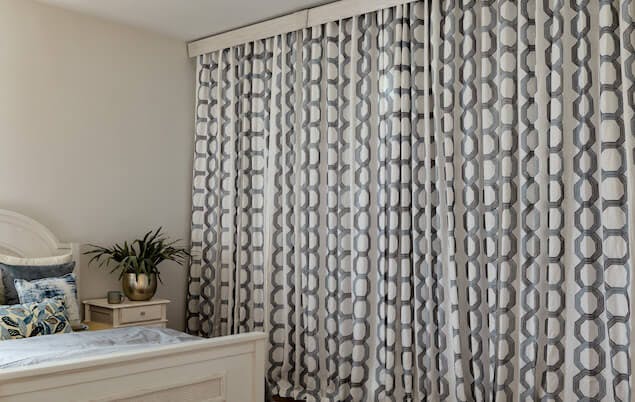
Q: What makes this book particularly timely and useful during the current pandemic?
It really is [timely], even though the pandemic hadn’t struck until we had finished our edits and we were getting ready to go to press. The sections on improving your indoor air quality, reducing germ spread, creating ergonomic home offices, study spaces for kids, and safer fitness areas are all especially timely, even though they’re really evergreen.
Then, too, anyone who has moved an older family member out of a nursing or assisted living facility into their home during the pandemic will find the safety and accessibility sections particularly relevant right now. The book’s emphasis on having your home be a haven with connections to nature is also very timely, with millions of Americans seeking safe, outdoor spaces to relax and not be stuck inside 24/7.
Q: What are some easy ways a person can refresh their bedroom to make it healthier, more relaxing, and sleep-friendly?
A few tips I share in the book include adding blackout window coverings, houseplants that can improve indoor air quality, organic bedding—layered for comfort if you share with a partner—and eliminating blue light issues from electronics. There are other tips, too, in bedroom chapters for kids, parents, and overnight guests.
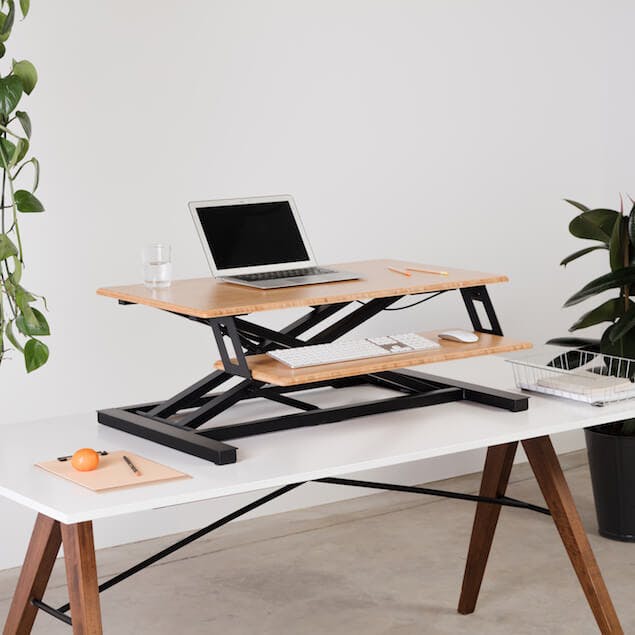
Q: What about ways to update your workspace to prevent back pain while working from home?
One of the best ways is to ensure that your desk chair is ergonomic, meaning that it supports your body for the workday ahead. If you’re not able to buy a new or refurbished chair at the moment, look at how you can make your current chair better with cushions. You can also add desk risers so that you can work part of the day standing up. This will take some of the pressure off your spine that sitting for hours entails. I like to move around my office during my phone calls and between tasks.
Q: How can someone improve the air quality in their home?
There are numerous ways you can do it. One is to add plants that enhance indoor air quality. Another is to replace standard air filters in your central heating/AC system with high-performance filters, like HEPA or MERV-13, depending on your home’s mechanics. Talk with an HVAC pro or the system manufacturer about this first so you don’t impact performance or efficiency.
A third way is to add ozone-free air purifiers or cleaners to the rooms where you spend the most time. You should also keep your floors and fabrics free of dust and allergens with a HEPA-enhanced vacuum cleaner. It is critical, too, to ensure that your kitchen and bathroom ventilation systems are working properly. There are additional ways to improve your indoor air quality with larger investments, like toxin-free surfaces and furniture. I write about many of these in the book.
Q: What are some of the best ways to keep your home clean to prevent the spread of germs?
I suggest in Wellness by Design that you start at your home’s entrance by setting up a shoe bench or tray to avoid tracking dirt and germs from the outside throughout your home. I also suggest replacing standard fixtures with hands-free models to reduce contact spread. Doctors say that cold and flu viruses can remain on hard surfaces for two to three days, so eliminating shared touchpoints like light switches and faucets can help cut down on germ spread.
I’m a big fan of low-maintenance finishes that are fast and easy to keep clean, especially in high-traffic areas like kitchens and shared kids’ bathrooms. That makes life more stress-free for busy parents, and who couldn’t use that right now?
Turn your bedroom into a spa-like oasis with our tips for creating a sleep retreat at home.
Bedroom image credit: M Monroe Design (Interior Design); Photography by Dylan Chandler // Wellness by Design, Tiller Press, © J. Gold

